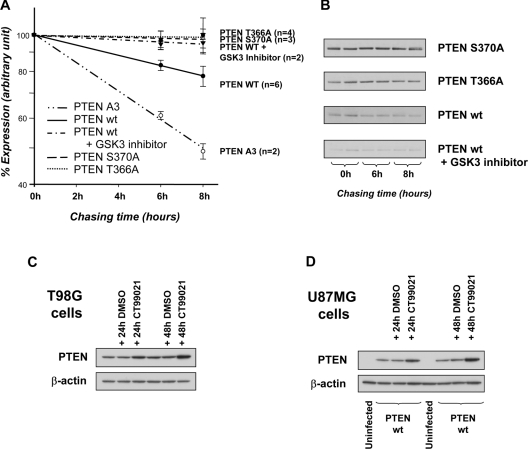Figure 4. Thr366 phosphorylation regulates PTEN stability.
The stability of the PTEN proteins indicated was analysed by metabolic 35S amino-acid labelling of U87MG cells infected with viruses encoding wild-type (wt) PTEN, PTEN T366A, PTEN S370A or PTEN A3 (S380A T382A T383A) and chasing with unlabelled amino-acid-containing growth medium for the indicated times. The effects of the GSK3 inhibitor CT99021 on wild-type PTEN stability was also investigated (5 μM; present during both pulse and chase). (A) Results are shown on a log scale as the mean percentage expression from the indicated number of experiments (each performed in duplicate) ±S.E.M. from all data. A Student's t test indicated that results for all conditions were significantly different from wild-type at both 6 and 8 h (P <0.05), except PTEN 366A, which was significantly different at 6 h, but at 8 h gave P <0.1. (B) Immunoprecipitated PTEN proteins from one experiment detected using a phosphorimager. Relatively short chase times were used as this was found to reduce experimental variability. (C, D) The effect of the GSK3 inhibitor CT99021 on PTEN expression is shown in T98G cells (C) and U87MG cells (D). T98G cells expressing an endogenous PTEN protein or U87MG cells infected with viruses expressing wild-type PTEN were treated for 24 or 48 h with either DMSO vehicle or CT99021 before expression of PTEN was assessed by Western blotting for PTEN and β-actin. Quantification of these results is shown in Supplementary Figure 4 at http://www.BiochemJ.org/bj/405/bj4050439add.htm.

